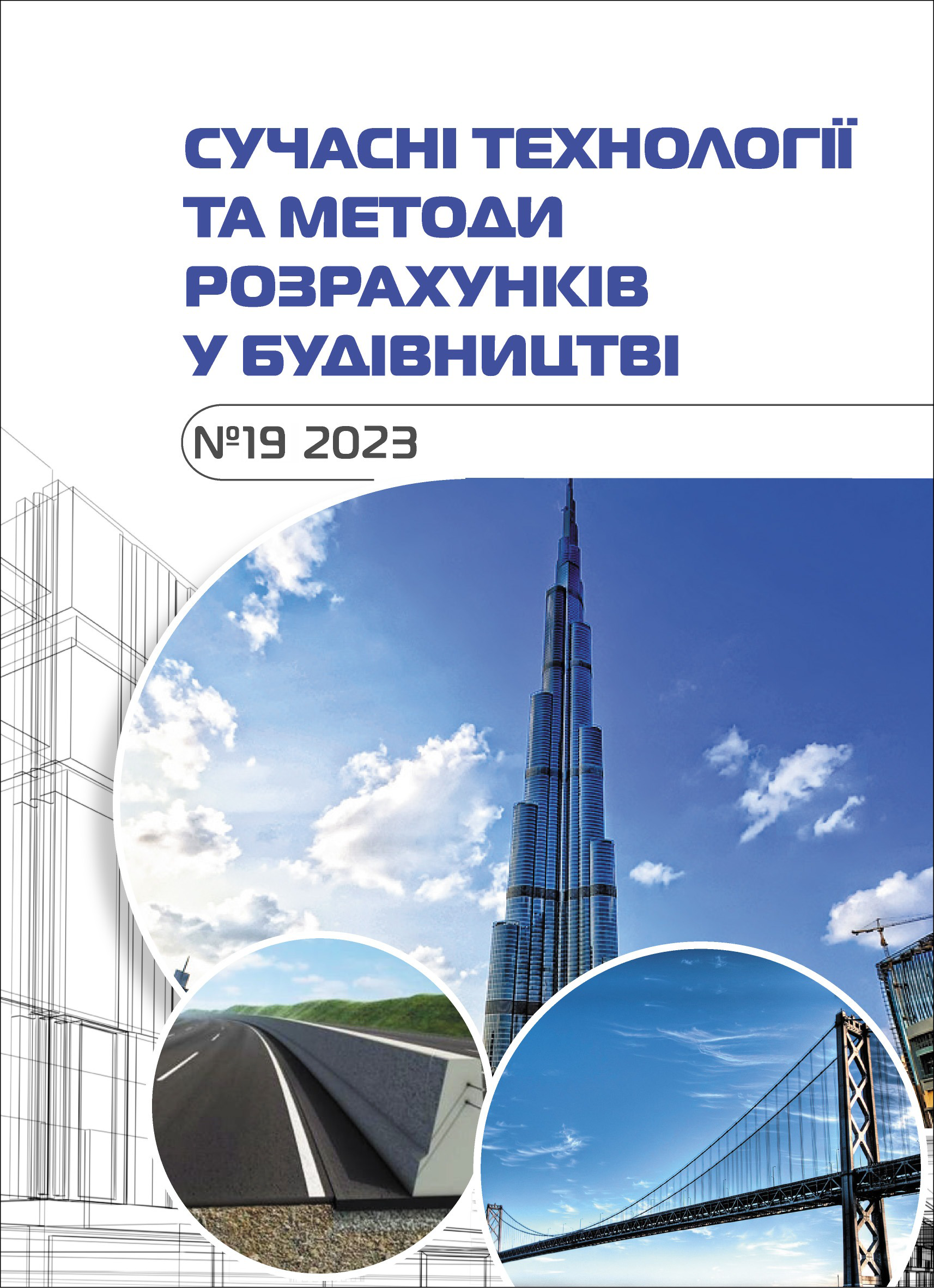Вплив залізовміщуючих речовин на Властивості газобетону
DOI:
https://doi.org/10.36910/6775-2410-6208-2023-9(19)-04Ключові слова:
бетон, відходи гірничо-збагачувальних комбінатів, поверхнево-активна речовинаАнотація
Розглянуто особливості впливу залізовміщуючих речовин на властивості бетонної суміші та газобетону, отриманого на основі гідропериту, залежно від його складу
Посилання
Завантаження
Опубліковано
2023-07-13
Номер
Розділ
Статті
Як цитувати
Вплив залізовміщуючих речовин на Властивості газобетону. (2023). Сучасні технології та методи розрахунків у будівництві, 19, 33-41. https://doi.org/10.36910/6775-2410-6208-2023-9(19)-04








